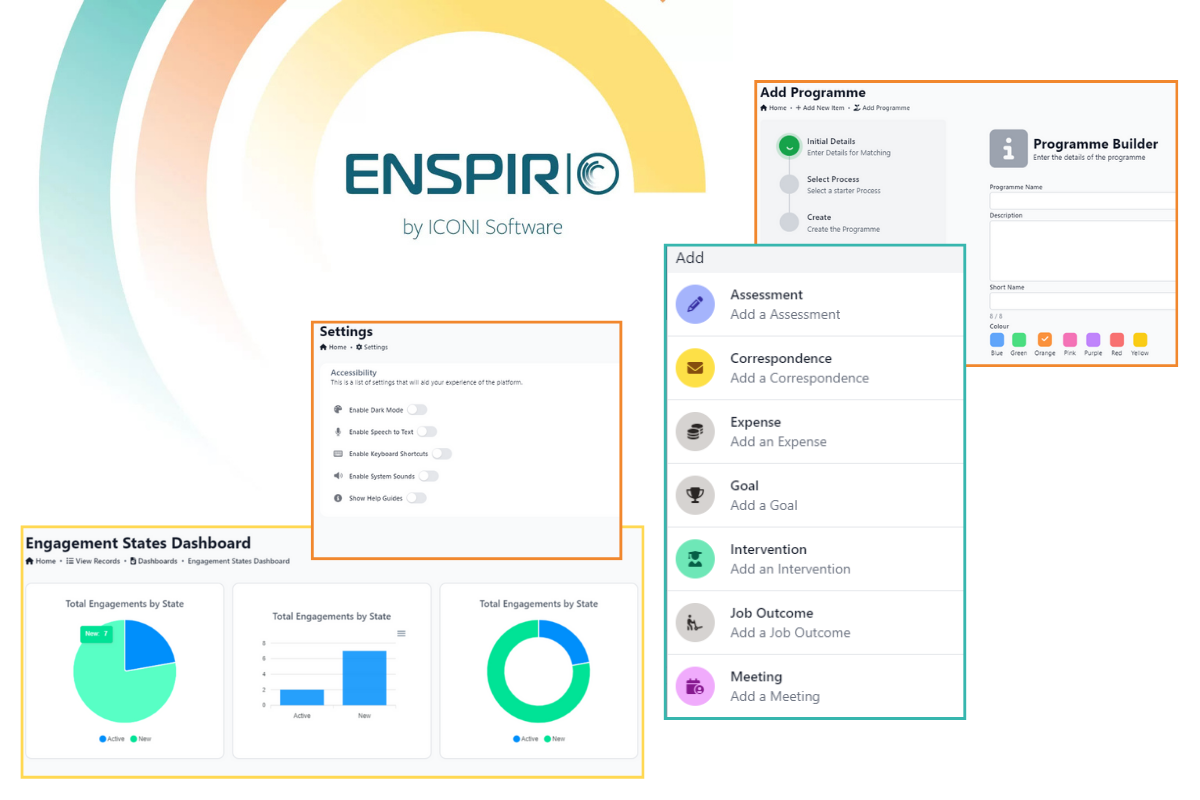We need to tackle the root issue of internet access to give every young person a chance to flourish online in a digital society

#SaferInternetDay – Never have electronic devices been so prevalent in everyday life. We are all to some degree glued to our smart phones and laptops, and the last two years have been a catalyst for digital transformation at an unprecedented pace, with lockdowns and social restrictions forcing us online.
Digital exclusion
However, not everybody has access to the internet in the UK, and yet it is increasingly a necessity with many people working virtually at home or using the internet to keep in touch with friends and family. Data from the Office for National Statistics highlights how 5.3 million adults in the UK, or 10% of the adult UK population, are non-internet users and do not have a connection to the internet. We need to implement tangible changes to tackle this evident digital exclusion.
The issue of digital exclusion is not just about needing a device, it is also about being able to afford to use that device in terms of data and internet connection and about the skills, motivation and support around the individual. We can’t solely rely on a charity or school providing someone with a device and leaving them to it. There needs to be long term continued support to complement the issue of access alone.
Digital poverty
People’s digital lives often mirror the inequalities of society; there’s a significant divide between people who can afford and benefit from digital technology and reliable internet access, and those who cannot. Many disadvantaged young people will know what it’s like to live with the reality of having either limited or no digital resources, restricting access to their educational needs, job opportunities, social life and even gaming with their friends.
During the pandemic only 1 in 5 young people on free school meals reported having access to adequate devices and connectivity to access education from home. There are consequences for them, potentially long-term ones in terms of their social, emotional and financial well-being which is why the importance of finding and implementing longer-term solutions to tackle our digital poverty is so urgent.
There is no ‘Silver Bullet’
Over the last two years, we’ve implemented schemes that provide young people with devices, including DevicesDotNow and the Reboot platform, but connectivity has been far trickier to provide an answer to. There is no ‘silver bullet’ for this, which is why a plethora of options have been trialled, from vouchers via schools to social tariffs.
In an attempt to address this, we are working with the Good Things Foundation launching the Data Poverty Lab to provide the space to collaborate, innovate, pilot and truly address the one digital inclusion issue that has eluded us most: data. More can, and must, be done to focus on delivering future proof solutions for those stuck on the wrong side of the divide. Universally appropriate solutions to the data challenge either evade us or are in their infancy.
Insights are key to good decision making
Insights will be key to guiding decision making as it provides evidence for policymakers and charities to act and helps identify who needs help and what’s required to support people.
Urging collaboration with leaders across a number of sectors such as government, tech, charity and business, to take a holistic approach to this can help – provided they put those on the wrong side of the digital divide first in their thinking.
Digital Youth Index
To help provide insights that will prove useful to addressing the challenges, at Nominet, we have recently launched our Digital Youth Index – a free-to-use national, annual benchmarking and barometer report identifying and monitoring the key drivers, issues and opportunities in young people’s relationship with digital technology across the UK. Key findings it highlights are how 2.1 million young people are at risk of becoming digital castaways and that a third of young people (32%) do not even have access to home broadband.
As part of our research, we also spoke to parents of children who lacked the resources to properly access the internet. One parent explained their son has fallen significantly behind in school due to poor internet connection, and now has to resit some of his GCSEs.
Helping inform policymakers
No child’s education should suffer because they’re unable to connect to the internet. The hope is that our Digital Youth Index evolves to help inform policymakers and those working with young people exactly how it feels to be a young person living in the digital age, using key statistics and personal experiences to explore the driving forces of digital exclusion. This should enable us to pinpoint issues and create bespoke solutions to improve the lives of young people in the digital sphere.
With data sets that provide the chance to deep dive the issues, the Digital Youth Index could be the key to affording change makers the opportunity of pausing, evaluating, and then steering the necessary activity that will truly tackle our digital poverty in the UK in the most tangible way.











Responses